Introduction
In today's rapidly evolving world of web development, understanding the tools and frameworks at your disposal is crucial to building efficient and user-friendly applications. One such tool, ASP.NET MVC, has garnered significant attention for its ability to streamline the development process and provide a robust architecture for building web applications. In this article, we will embark on a comprehensive journey into the world of ASP.NET MVC. We will explore its definition, dive deep into its noteworthy features, and uncover the compelling reasons for incorporating it into your web development projects. Whether you are a newcomer seeking clarity or preparing for an ASP.NET MVC interview, this extensive guide will equip you with the knowledge needed to excel in the realm of web development.
Reasons to Explore ASP.NET MVC
During the past few days, I embarked on a journey through various questionnaires to identify the most frequently asked queries in the realm of web development. To my amazement, one topic stood out prominently among the queries, particularly among newcomers - ASP.NET MVC. Questions such as "Why use MVC?" and "Which is better: MVC or WebForms?" were recurrent. Witnessing this trend, I was motivated to address this topic thoroughly and help readers understand the essence of ASP.NET MVC.Want to know difference between Asp.net MVC and Asp.Net Core, Click Here
Difference between ASP.NET MVC & ASP.NET Core
Defining ASP.NET MVC
ASP.NET MVC, a web development framework provided by Microsoft, is built on the foundation of the Model-View-Controller (MVC) architecture. The framework encapsulates modern techniques, embraces agile development ideas, and leverages the best features of the existing ASP.NET platform. Contrary to popular belief, ASP.NET MVC is not an entirely new framework but rather a complete alternative to the traditional ASP.NET WebForms. By being built on top of ASP.NET, MVC enables developers to harness nearly all the familiar ASP.NET features while developing MVC applications.
Diving into the Remarkable Features of ASP.NET MVC
Based on the Model-View-Controller Pattern:
ASP.NET MVC adopts the widely acclaimed Model-View-Controller pattern, promoting a clear separation of concerns, which enhances the overall maintainability and scalability of the application.
Lightweight, Fast, and Secure:
ASP.NET MVC is renowned for its performance prowess, providing lightning-fast response times and a lightweight architecture that contributes to a secure web application environment.
Neat Separation of Designs and Codes:
The framework encourages a clean separation of designs (the View) and business logic (the Model and Controller), simplifying the development process and facilitating better collaboration among development teams.
Utilizes Pure HTML Controls or HTML Helpers (No Server Controls):
Unlike traditional ASP.NET WebForms, ASP.NET MVC relies on pure HTML controls or HTML Helpers, eliminating the need for heavyweight server controls, which translates to improved performance.
Employs Controller-Based URLs:
ASP.NET MVC employs controller-based URLs, allowing developers to design clean and intuitive URLs, enhancing user experience and search engine optimization.
No View State Implementation:
The absence of View State in ASP.NET MVC liberates developers from the overhead of managing ViewState, reducing the complexity of application maintenance and enhancing overall performance.
Customization with Razor Syntax:
The framework supports the Razor view engine, which empowers developers to create dynamic and expressive views with concise and readable syntax, ultimately enhancing productivity.
Consistent Looks and Feel via Layout Instead of Master Page:
ASP.NET MVC offers the concept of Layout, providing developers with a better way to define consistent looks and feel across multiple views, rather than relying on traditional Master Pages.
Open Source:
The open-source nature of ASP.NET MVC fosters community-driven innovation, continuous improvement, and broader adoption across the web development community.
Easy Code Maintainability:
The clear separation of concerns in ASP.NET MVC makes code maintainability a breeze, as each component's responsibilities are well-defined and isolated.
Strong Support for Test-Driven Development (TDD):
The architectural design of ASP.NET MVC encourages and simplifies the adoption of test-driven development practices, enabling developers to write unit tests with ease and confidence.
Suitable for Large Development Teams and Web Designers Needing Control Over Application Behavior:
ASP.NET MVC is particularly well-suited for projects involving large development teams or web designers seeking granular control over the application's behavior and user experience.
Unraveling the Advantages of ASP.NET MVC
Microsoft's decision to create the ASP.NET MVC framework was driven by the aim to provide developers with a more flexible, testable, and extensible approach to web application development. By building upon the robust foundation of ASP.NET, ASP.NET MVC introduces a paradigm shift, eliminating the complexities of state management and page lifecycle while promoting better separation of concerns.
One of the core design principles of ASP.NET MVC is extensibility. The framework was intentionally designed to allow developers to plug in custom logic throughout various aspects of the application. For instance, views can be rendered by a variety of view engines, including the default ASPX view engine or others that developers prefer, depending on their specific requirements and preferences.
Additionally, ASP.NET MVC provides the flexibility to customize the instantiation of controllers, empowering developers to tailor the controller instantiation process according to their unique needs. This level of customization enhances the framework's adaptability to diverse project scenarios.
The adoption of the Model-View-Controller design pattern serves as a cornerstone of ASP.NET MVC's effectiveness. This pattern encourages a clear separation of concerns, reducing the complexities and dependencies that often arise in traditional ASP.NET WebForms development. With ASP.NET MVC, controllers are no longer burdened with tight ties to the ASP.NET runtime or direct associations with ASPX pages, making testing far more straightforward and efficient.
History of ASP.NET MVC
The journey of ASP.NET MVC began in January 2002 with the release of ASP.NET 1.0 as part of the .NET Framework version 1.0. At that time, the concept of the MVC pattern was gradually gaining popularity as a preferred approach for building web frameworks.
Fast forward to 2007, and Microsoft made an announcement that would change the landscape of web development - the introduction of ASP.NET MVC. By 2009, the source code for ASP.NET MVC was released under the Microsoft Public License (MS-PL), further bolstering its appeal to developers worldwide.
In a significant move towards embracing open-source principles, Microsoft took a step further in March 2012 by releasing part of its web stack, including ASP.NET MVC, Razor, and Web API, under the Apache License 2.0. However, it is important to note that ASP.NET Web Forms was not included in this open-source initiative.
A Comprehensive Understanding of the ASP.NET MVC Pattern
MVC might sound like rocket science to some, but the name itself provides valuable insights into its architecture: M for Model, V for View, and C for Controller. Let's explore each component separately to grasp its significance.
The Model:
The Model is essentially a set of classes that represent the data and business logic of the application. It embodies the application's core functionality and ensures the smooth handling of data-related operations.
The View:
Representing the application's User Interface (UI), the View determines how the UI will be presented to the end-users. It consists of pure HTML and defines the visual aspects of the application.
The Controller:
As the heart of the application, the Controller plays a pivotal role in managing user communication, controlling the overall application flow, and executing application-specific logic. It acts as an intermediary between the Model and the View, ensuring a clear separation of concerns.
The MVC Framework Workflow Demystified
To understand how ASP.NET MVC functions, let's examine the lifecycle or workflow of an ASP.NET MVC application.
User Initiation:
The application workflow begins when the user interacts with the View Page or clicks on a button, triggering a request.
Controller Takes the Stage:
Upon user interaction, the Controller comes into play, receiving and handling the incoming request.
Interaction with the Model:
Based on the user's request, the Controller instantiates an appropriate Model object. The Model then steps into action, retrieving the required information from the database or other data sources.
Data Presentation:
Once the Model is populated with the relevant data, it is passed back to the View, which subsequently serves the user with the data-rich content.
How does MVC Framework Works
You can also call it as Asp.Net mvc lifecycle
Step 1: User hits the button on page or make a request through View Page.
Step 2: Hits comes to controller.
Step 3: Depending on the user request, the controller creates object of the model. Then model comes in action and retrieve information from database.
Step 4: After that, this data filled model, passed to View page to server the user.
Conclusion: Embracing the Power of ASP.NET MVC
In conclusion, this article delved into the captivating world of ASP.NET MVC, exploring its definition, features, and rationale for adoption. By adopting the MVC architecture, ASP.NET MVC promotes clear separation of concerns, enhances code maintainability, and provides better control over the application's behavior. Its performance prowess, flexibility, and test-driven development support make it a prime choice for web developers and designers alike.
In the following chapters, we will delve deeper into ASP.NET MVC, covering the installation process, folder structure, creating new projects, mastering MVC routing, and even exploring sample MVC projects. The world of ASP.NET MVC awaits your exploration, and we are eager to accompany you on this exciting journey of web development excellence.
We welcome your feedback and queries regarding this article. Please feel free to share your thoughts in the comment section below or reach out to us through our "Contact Us" page. Happy coding!




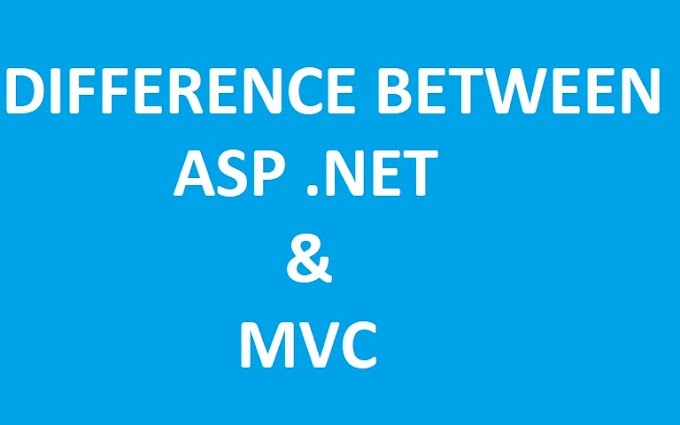

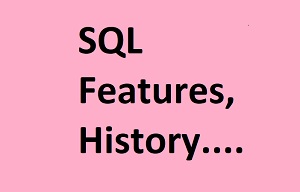


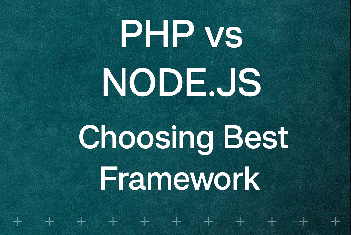
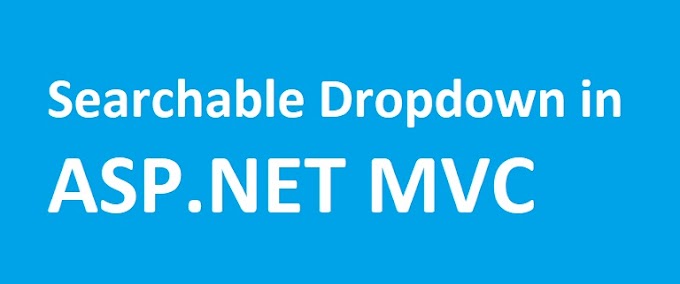
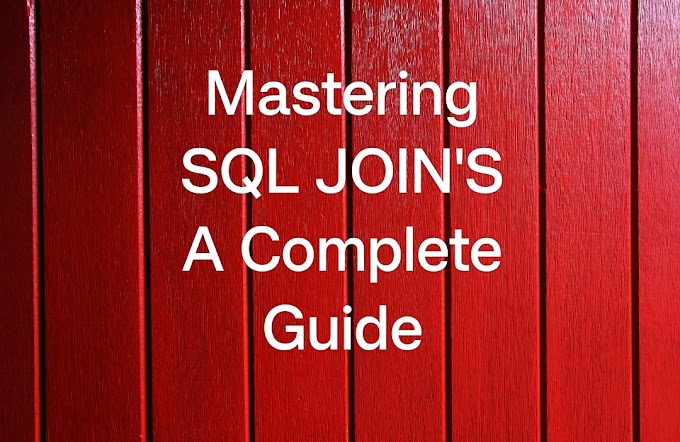
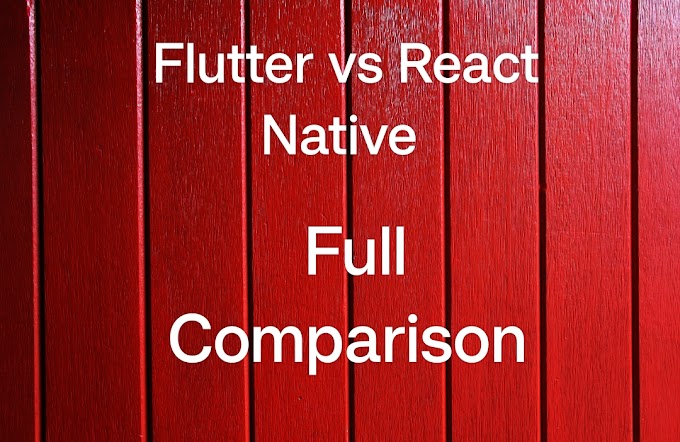


You can comment here if you have any doubts or you can also contact us using email
ReplyDelete